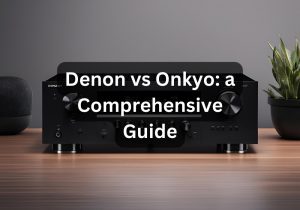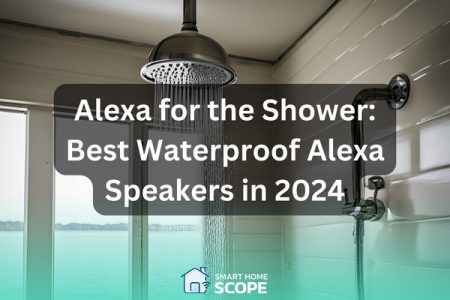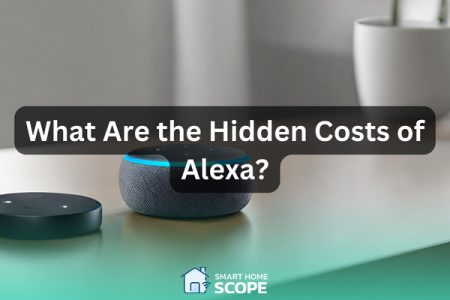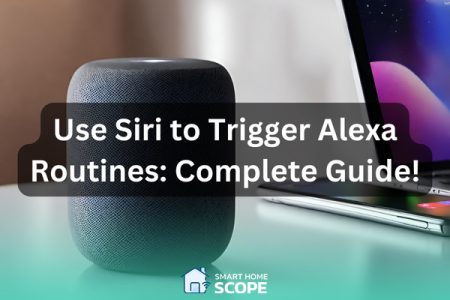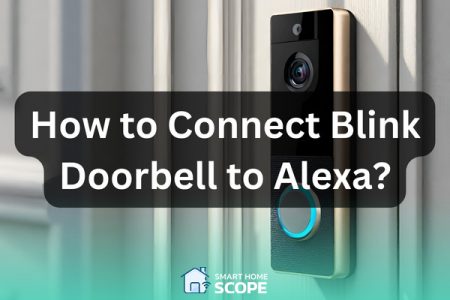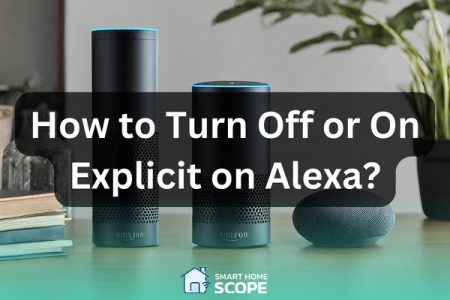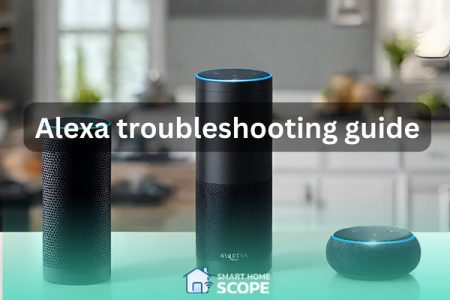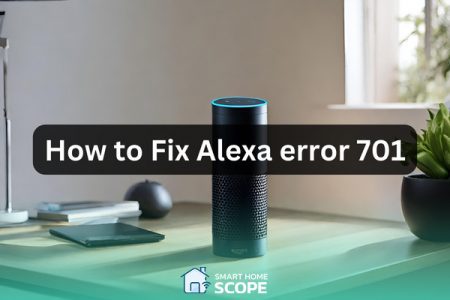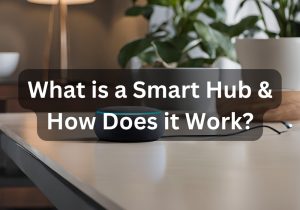Subscribe to Updates
Get the latest creative news from FooBar about art, design and business.
Browsing: Voice Assistants
Looking for an Alexa for the shower? Here are 4 of the best waterproof Alexa speakers for your shower time, reviewed and compared!
Learn about the hidden costs of Alexa that may not be clear initially in my thorough guide.
Learn how to add apps to Echo Show 8 in this detailed, step-by-step guide, along with tips on dealing with usual skill installation issues.
Learning to use Siri to trigger Alexa routines can effectively lead to a more unified…
Learn how to connect Blink doorbell to Alexa in 6 easy steps and enhance your home security using this Blink doorbell-Alexa setup!
Learn how to turn on or off Alexa explicit filter in order to get access to uncensored content or set limitations for family members with this step-by-step guide!
Looking for a Alexa troubleshooting guide? Check out this article in which we have addressed the most common Alexa problems!
Why does Alexa make a bing bong noise? Complete guide on the reason behind this, along with effective ways to deal with it!
Learn how to implement Alexa Z wave integration using famous Z wave hubs; a comprehensive guide on getting the best out of two cutting-edge techs.
8 practical solutions for Alexa error 701 that’ll help you tackle this problem right away; along with preventative measures to stop this error from happening.
Voice assistant make your life easy by facilitating many tasks. You can be confident that these devices are always ready to respond to the commands you give them, this leads to an easier approach to controlling the smart devices in your setup. Below we have provided information for you to understand how these assistants work and what you can do with them.
What are Voice Assistants?
Utilizing voice assistants helps you interact with smart devices (that support voice assistance) easily. Interacting with them is simple; you just command them through spoken language. This way, they execute the task you’ve given to them, or maybe you just want them to provide you with some content or information. Voice assistants do these tasks in no time.
How do voice assistants work?
There are three main tools that these smart assistants use to accomplish the commands given to them: Voice recognition, Natural Language Processing (NLP), and Artificial Intelligence (AI).
Voice recognition
The user’s spoken words are comprehended by these assistants through voice recognition technology. The spoken words are interpreted as digital data; the core system understands and analyzes this digital data in order to provide the best possible response
Natural Language Processing
NLP gives voice assistants the power to grasp the context and meaning of the words their users speak. This way, they can establish users’ commands appropriately. While voice recognition is the tool that helps assistants convert speech to text, NLP is useful for the next step of responding to commands, comprehending the structure of the text, its meaning, and the intent behind it. Thanks to NLP, our instructions are interpreted in natural language, leading to better and more human-like responses from voice assistants.
Machine Learning and AI
As the term suggests, machine learning is the tool assistants use to learn and improve their responses over time. Machine Learning results in a smoother user experience.
Types of Voice Assistants
Voice assistants fall into two major categories: Standalone Devices and Integrated Systems.
Standalone Devices
These devices are designed solely for voice assistance. Gadgets like smart speakers are a main example for standalone devices. Amazon Echo and Google Home are two well-known smart speakers.
Gadgets like smart speakers are a main example for standalone devices. Amazon Echo and Google Home are two well-known smart speakers.
Integrated Systems
These are devices not specifically designed for voice assistance but utilize this technology to enhance user experience. Smart TVs and smartphones are good examples to mention for this.
Popular Voice Assistants in Smart Homes
Among all virtual assistants, some provide a better user experience and responsiveness.
Amazon Alexa
One of the most popular voice assistants is Alexa, known for its compatibility with many devices in a smart home setup. This high compatibility makes Alexa a good companion for smart home owners.
Google Assistant
Are you a google fan when it comes to smart home devices? Then we suggest you go with Google assistant, since it is fully compatible with all of the Google products. Google assistant is equipped with a high processing power of natural language, this means it is very capable of understanding and responding to your commands.
Apple Siri
Siri is Apple’s voice assistant, completely compatible with other Apple products like Apple HomeKit. With a user-friendly interface and secure operations, Siri seamlessly integrates into the Apple ecosystem.
What do Voice Assistants do in Smart Homes?
Voice assistants can be known as a central hub of a whole smart home system, since they orchestrate many devices together and integrate them efficiently. If you want to enhance the convenience and functionality of your smart system, a voice assistant could benefit you greatly.
Convenience and Accessibility
As mentioned earlier, these assistants simplify the process of controlling various devices in your home. Speaking is all you need to manage and monitor your gadgets, and they’ll take care of the rest.
Energy Efficiency and Automation
As mentioned earlier, these assistants utilize machine learning to better meet users’ needs every day. Optimizing the energy consumption is one of the main roles that these assistants play in a smart home setup. These AI-powered assistants gradually learn your habits and preferences, automatically adjusting the settings of connected devices to save energy. For example, they can help you create a more sustainable home environment by lowering the thermostat or turning the light off when no one is inside.
Security and Privacy
Voice assistants protect your data and privacy through built-in security features. These smart home companions employ encryption and authentication methods, preventing unauthorized individuals from accessing or controlling connected devices. As technology advances, companies strive to enhance security features, providing customers with confidence in the safety of their data with voice assistants.
All the mentioned roles and functionalities have made voice assistants an inseparable part of any smart home system. The level of comfort and convenience provided by these smart companions is enormous.
Future Trends in Voice Assistant Technology
Similar to other areas in the world of tech, voice assistants continuously update with more modern and smart functionalities every day. The science of Artificial Intelligence have developed a lot in recent years and obviously there is a bright future for smart home technology, voice assistants being a key player.
Increasing Integration
One of the main focuses to enhance the functionality and control provided by voice assistants is to integrate them into various devices and applications, expanding their dominance over smart home gadgets.
Enhanced Privacy Measures
Although the security measures built into smart assistants are already reasonably good, there is always room for improvement to ensure no risks threaten users’ information.
Developing Natural Conversational Abilities
NLP-tech development is one main area where companies are focused. Such measures lead to voice assistants becoming more involved and relatable in human conversations.
Conclusion
With the help of voice assistants, we can easily integrate with various devices in our house and create a fully dynamic and smart environment. Voice assistants and artificial intelligence have come a long way to reach the performance they offer today; although it’s been huge, we think there is still room for improvement. At Smart Home Scope, we value your concerns and try our best to solve your challenges through guides and consultations.
